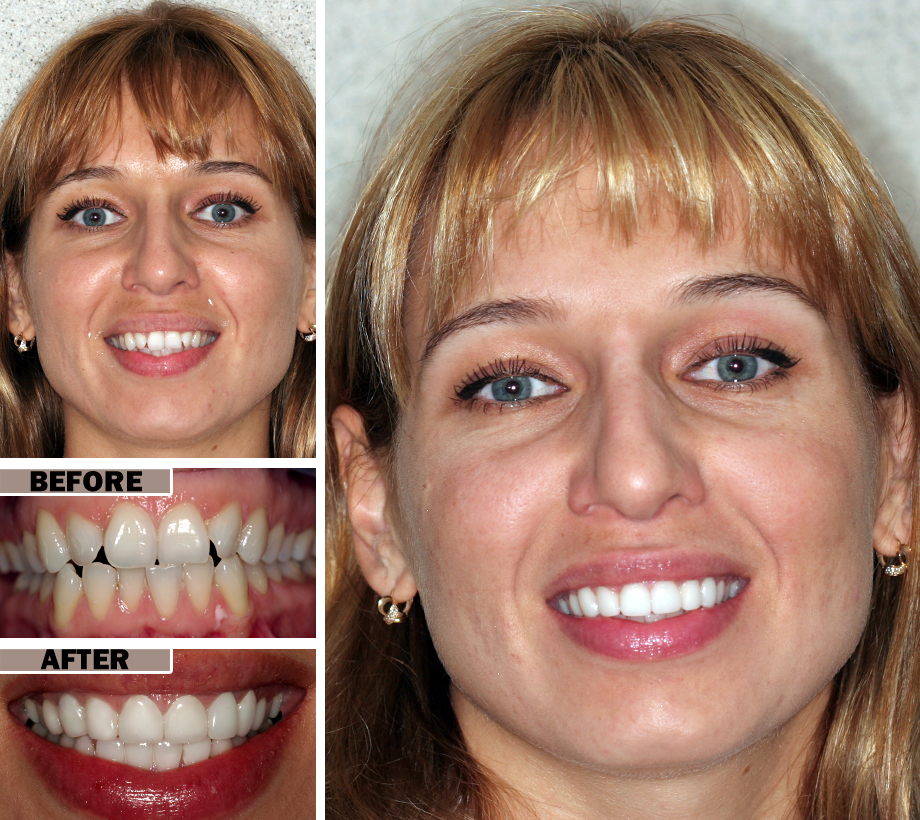Cosmetic Bonding Teeth

The world of cosmetic dentistry has undergone significant transformations over the years, with advancements in technology and techniques leading to more efficient, durable, and aesthetically pleasing solutions for various dental issues. One such solution that has gained popularity for its versatility and effectiveness is cosmetic bonding of teeth. This procedure, also known as dental bonding, is a versatile method used to repair and improve the appearance of teeth. It’s a highly sought-after treatment due to its simplicity, relative affordability, and the immediate results it offers.
Understanding Cosmetic Bonding
At its core, cosmetic bonding involves the application of a tooth-colored resin material to the teeth. This resin is made from a combination of plastic and glass, which provides it with the necessary durability to withstand the forces of chewing while also maintaining an appearance that closely matches the natural teeth. The bonding process begins with the preparation of the tooth surface. The dentist slightly roughens the area of the tooth where the bonding material will be applied to ensure a strong bond between the tooth and the resin. Following this, a conditioning liquid may be applied to help the bonding material adhere to the tooth. The resin is then applied, molded, and smoothed to achieve the desired shape and appearance. Finally, the resin is hardened with a special light, and the bonded tooth is polished to match the sheen and texture of the surrounding teeth.
Applications of Cosmetic Bonding
Cosmetic bonding is incredibly versatile and can be used for a variety of dental issues, including:
- Repairing Chipped or Cracked Teeth: Cosmetic bonding can restore the appearance of damaged teeth, making them look whole and intact again. This not only improves the aesthetics but also helps in protecting the tooth from further damage by sealing any cracks or chips.
- Closing Gaps Between Teeth: For individuals with unsightly gaps between their teeth, bonding can be used to close these spaces, enhancing the overall appearance of the smile.
- Improving the Appearance of Discolored Teeth: Teeth that are discolored or stained can be significantly improved with bonding, as the resin can be matched to the color of the surrounding teeth, creating a uniform appearance.
- Changing the Shape of Teeth: Cosmetic bonding can be used to make teeth appear longer, shorter, wider, or narrower, depending on the desired outcome.
Benefits of Cosmetic Bonding
One of the primary advantages of cosmetic bonding is its non-invasive nature. Unlike other cosmetic dental procedures, such as veneers or crowns, bonding does not require significant alteration of the tooth structure. This makes it an attractive option for individuals looking for a conservative approach to improve their smile. Additionally, the procedure is relatively quick, with most bonding treatments completed in a single visit to the dentist. The durability of the bonding material is another significant benefit, with properly cared-for bonded teeth lasting for many years. Furthermore, the resin used in bonding is less expensive than other materials used in veneers or crowns, making it a more budget-friendly option for cosmetic dental work.
Maintaining Bonded Teeth
To ensure the longevity of the bonded teeth, proper oral hygiene is essential. This includes regular brushing with a soft-bristled toothbrush and fluoride toothpaste, as well as flossing once a day. Regular dental check-ups are also crucial for maintaining the health and appearance of bonded teeth. Avoiding habits such as chewing on ice or hard candy, which can chip or crack the bonding material, is also recommended. By following these guidelines, individuals with bonded teeth can enjoy their improved smile for years to come.
Conclusion
Cosmetic bonding of teeth offers a straightforward, effective, and aesthetically pleasing solution for a variety of dental imperfections. Its versatility, combined with the relatively non-invasive procedure and cost-effectiveness, makes it an attractive option for those seeking to improve the appearance of their teeth. Whether it’s to repair damaged teeth, enhance the color and shape of teeth, or simply to achieve a more uniform and appealing smile, cosmetic bonding is a procedure that continues to garner attention and satisfaction from patients and dentists alike.
How long does cosmetic bonding last?
+Cosmetic bonding can last for several years, depending on the location of the bonded tooth, the patient’s oral habits, and the maintenance of good oral hygiene. On average, bonding can last anywhere from 3 to 10 years before it may need to be touched up or replaced.
Is cosmetic bonding painful?
+Cosmetic bonding is generally a painless procedure. In most cases, anesthesia is not required, although it may be used if the bonding is being used to fill a decayed tooth. The only sensation you might feel is a slight roughening of the tooth surface as the dentist prepares it for the bonding material.
Can anyone get cosmetic bonding?
+Cosmetic bonding is suitable for most people looking to improve the appearance of their teeth. However, the best candidates are those with healthy teeth and gums. In cases of severe tooth decay, gum disease, or where the tooth structure is significantly compromised, other dental treatments might be more appropriate. A consultation with a dentist will help determine if bonding is the right option for individual needs.

